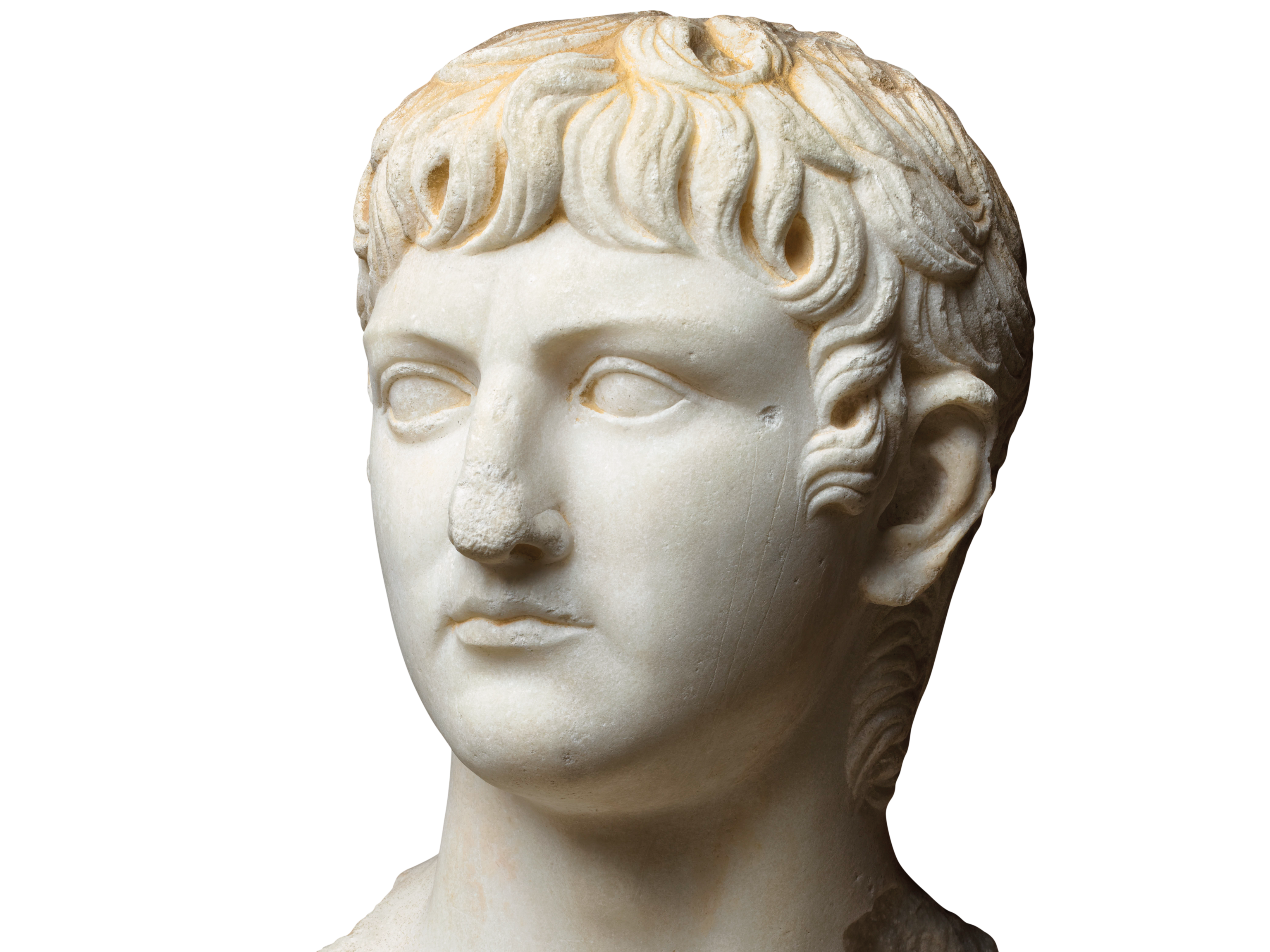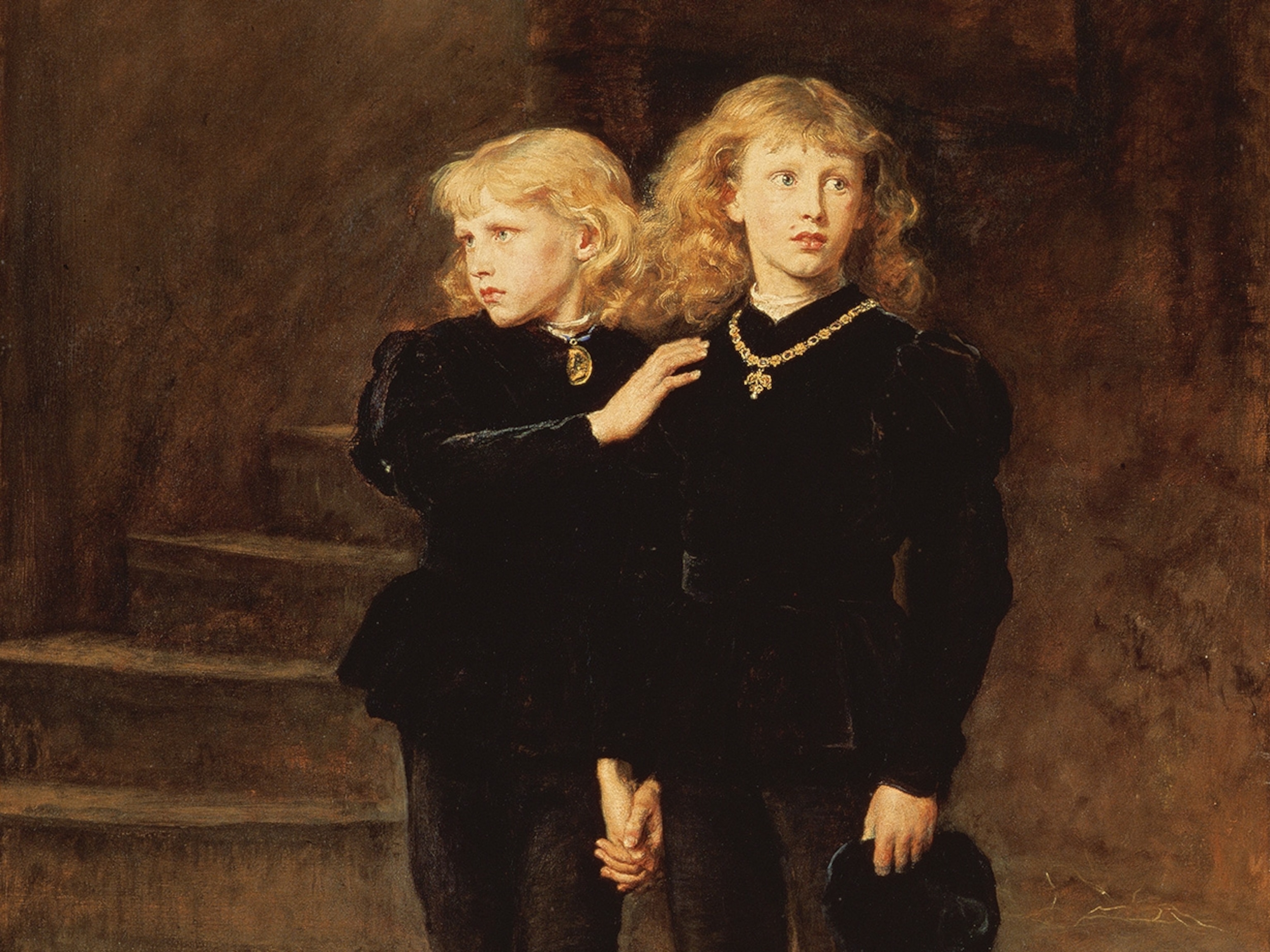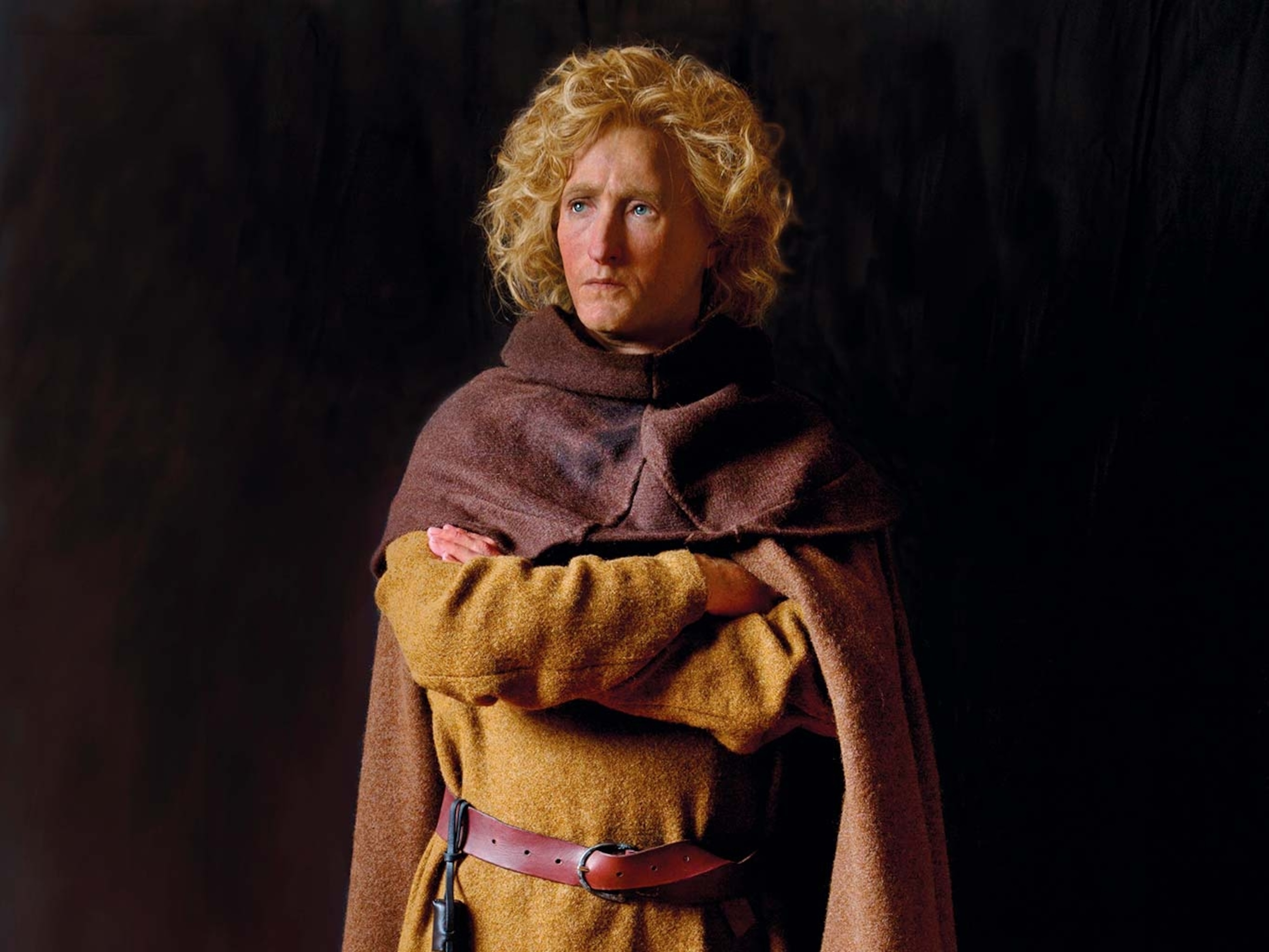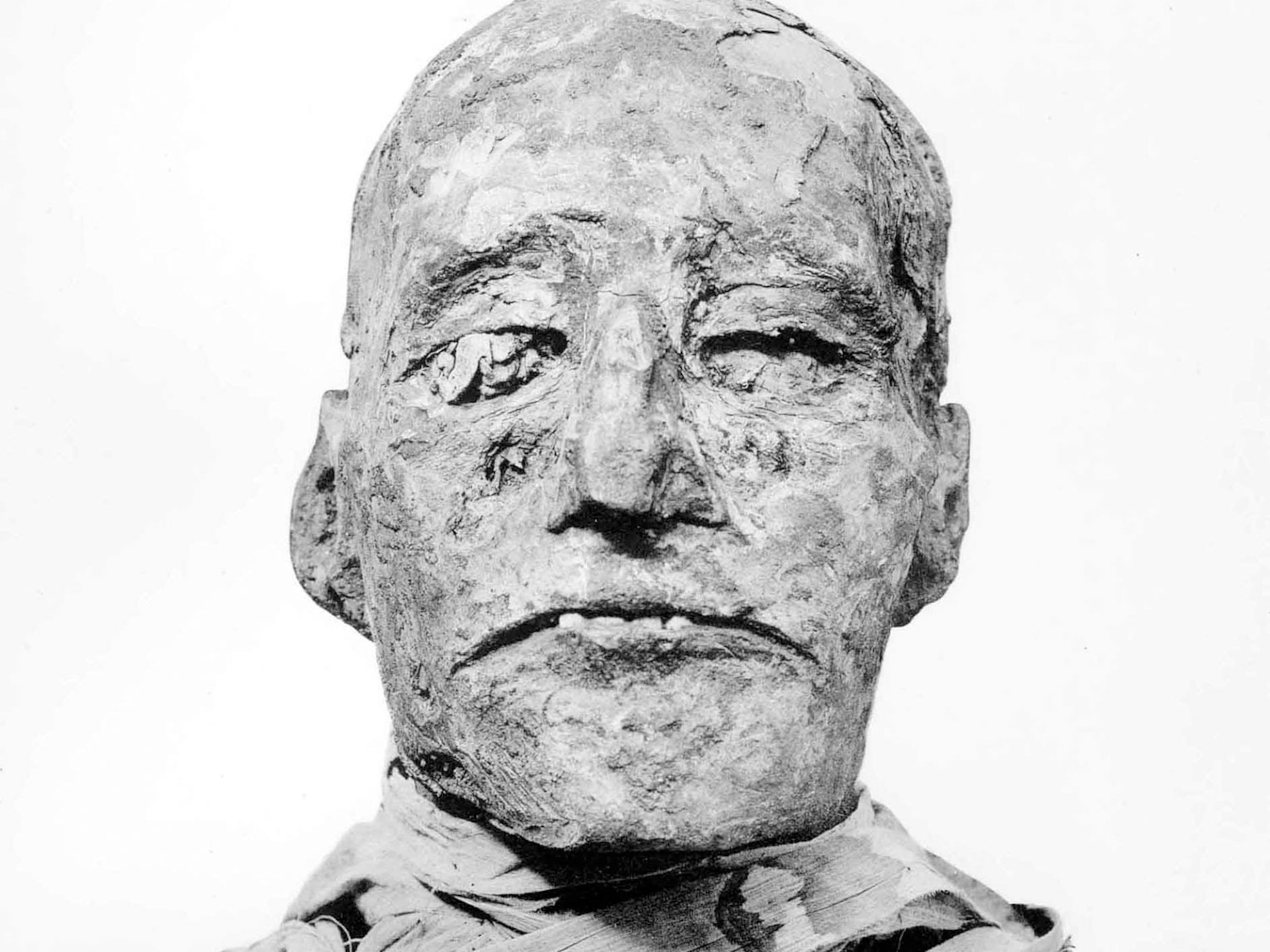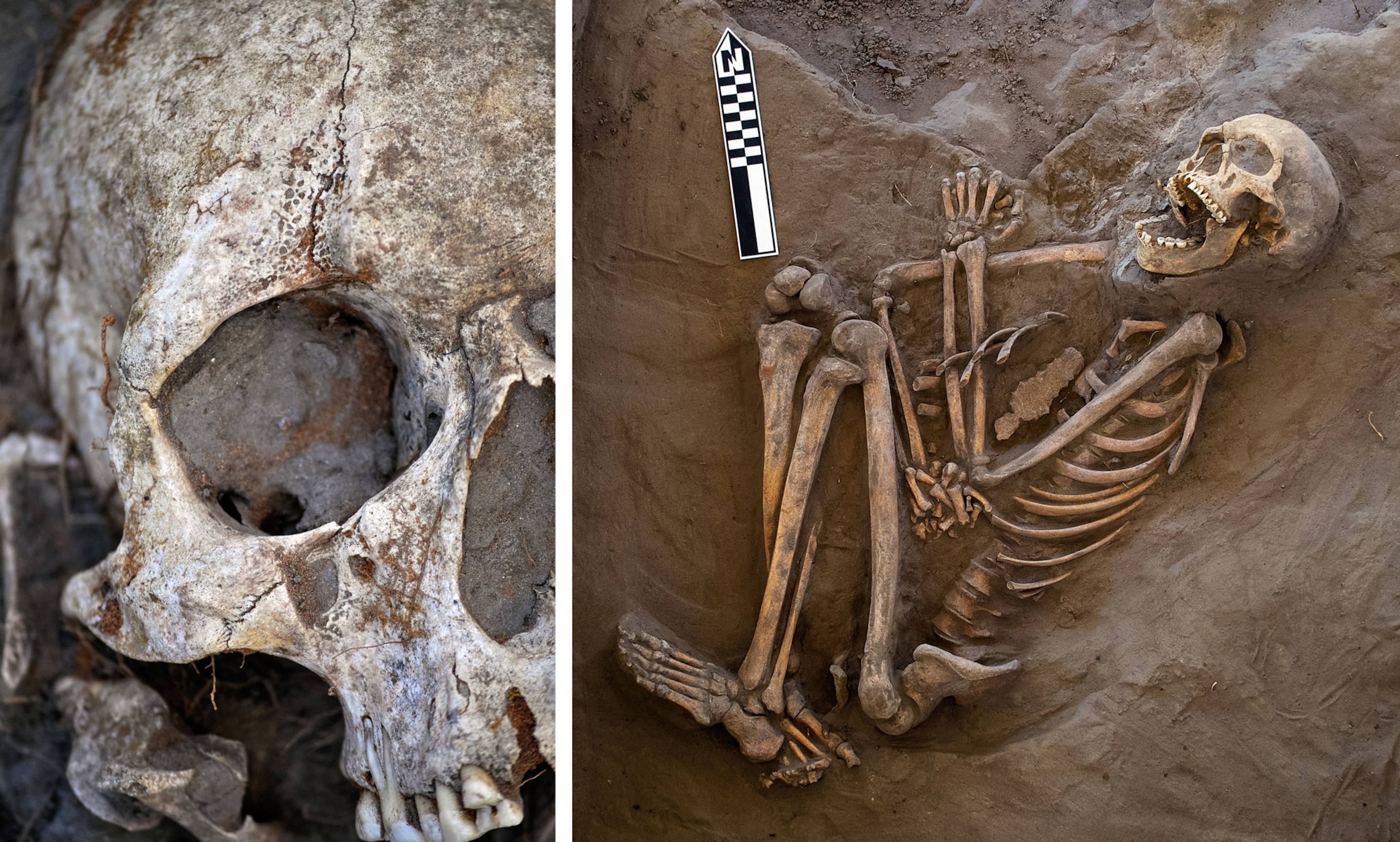
Aboriginal Murder Mystery: What Killed Kaakutja?
Tantalizing glimpses into life and death in pre-colonial Australia are written on the bones of a skeleton found in New South Wales.
When William Bates, an elder of the Baakantji people of New South Wales, found a skeleton by a river in 2014, he identified it as an Aboriginal male. The mouth was wide open. “To me, he was crying for help,” Bates recalls, “so I said, I’ll help you.”
The bones bore obvious signs of violence. In most murder mysteries, establishing the time of death is one of the first things detectives do, and in the course of an initial study, researchers assumed he had been killed during the bloodshed between British colonizers and Australia’s indigenous peoples in the late 18th and early 19th centuries.

But these early assumptions would be challenged when the body, now named Kaakutja, meaning “older brother,” was examined by Dr. Michael Westaway, a paleoanthropologist at Griffith University in Queensland. “He was obviously someone that a lot of people cared for,” Westaway comments, noting that in the burial, his head had been tenderly placed on a cushion of sand.
At first glance, Westaway reasoned that Kaakutja’s lethal injury, a long wound on his skull, had come from a cutlass blade, most likely dealt by the British militia. It turns out that the time of death was earlier—much, much earlier. When the remains were submitted for lab tests, the picture radically changed. Analysis revealed he had been killed in the 13th century—hundreds of years before Europeans arrived in Australia and introduced metal objects. What, then, had killed Kaakutja in the prime of his life?
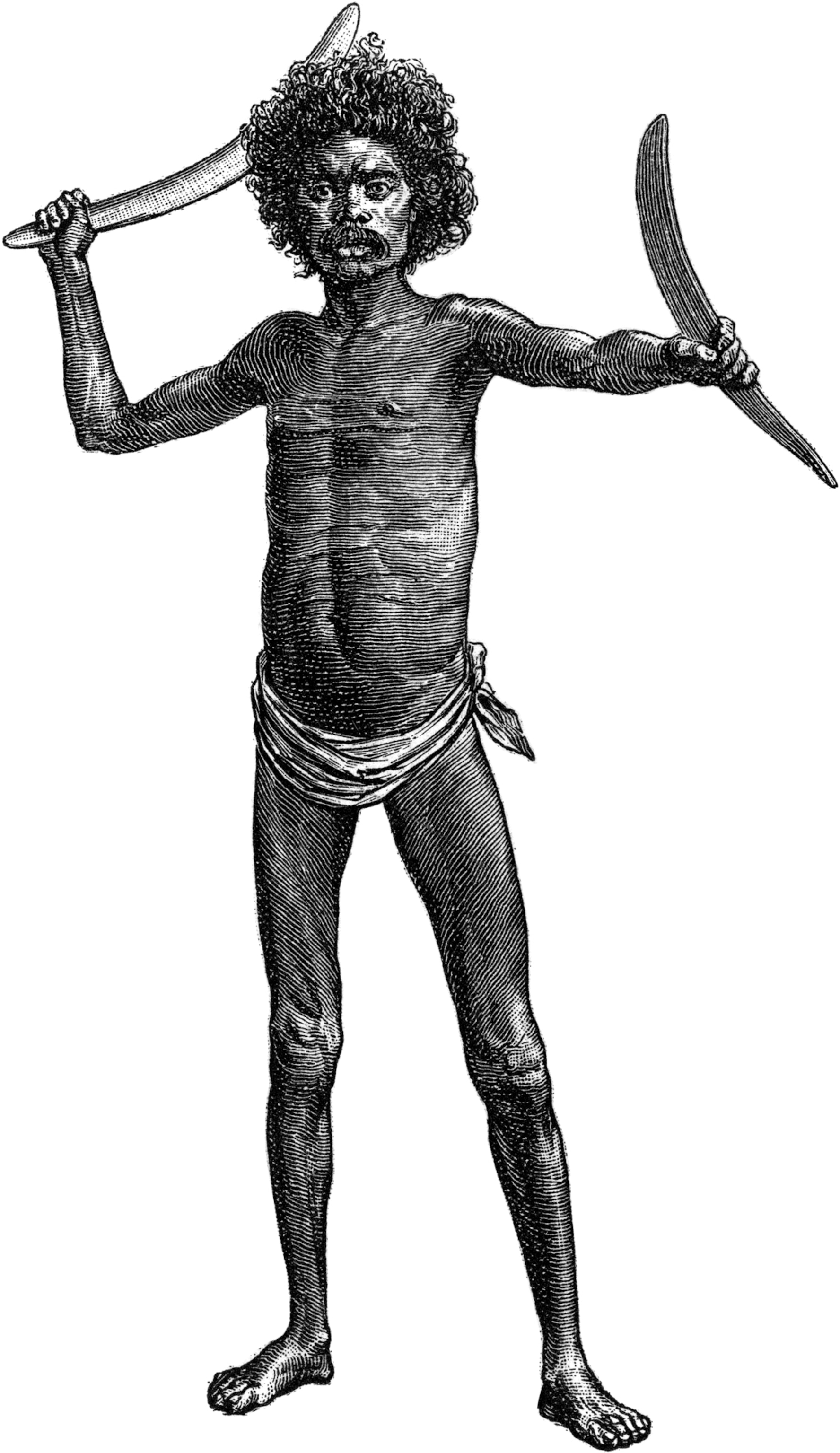
Westaway, who co-authored a report on Kaakutja for the journal Antiquity, was intrigued by the cause of the fatal injury. One theory centered on the lil-lil, a sharpened club. On balance, however, Westaway has singled out the most iconic Aboriginal symbol: the boomerang, a weapon with a long, surprisingly sharp edge. Perhaps it had been wielded by Kaakutja’s adversary to whip around his shield and smash into his head.
Although study of intertribal violence in pre-contact Australia is still largely based on accounts rather than archaeological evidence, Kaakutja’s death does have a precedent. Just under a decade ago, a skeleton was unearthed near Sydney. It belonged to a man who lived 4,000 years ago, believed to have been killed with stone-tipped spears.
“I don’t know if it was a continent-wide phenomenon,” says Westaway. “But we do see evidence in this part of [Australia] that ... supports intertribal conflict.” One such proof is a series of rock paintings near where Kaakutja was found, depicting two tribes painted in different colors wielding boomerangs, shields, and clubs.
Throughout the investigation into what befell Kaakutja, William Bates’s Baakantji community played a direct role in the excavation, contributing to the emerging picture of Aboriginal culture. “If it was not for their interest in their heritage, and their support of the National Parks Service,” Westaway notes, “an important part of their past would have been lost.”
The Comeback Stick
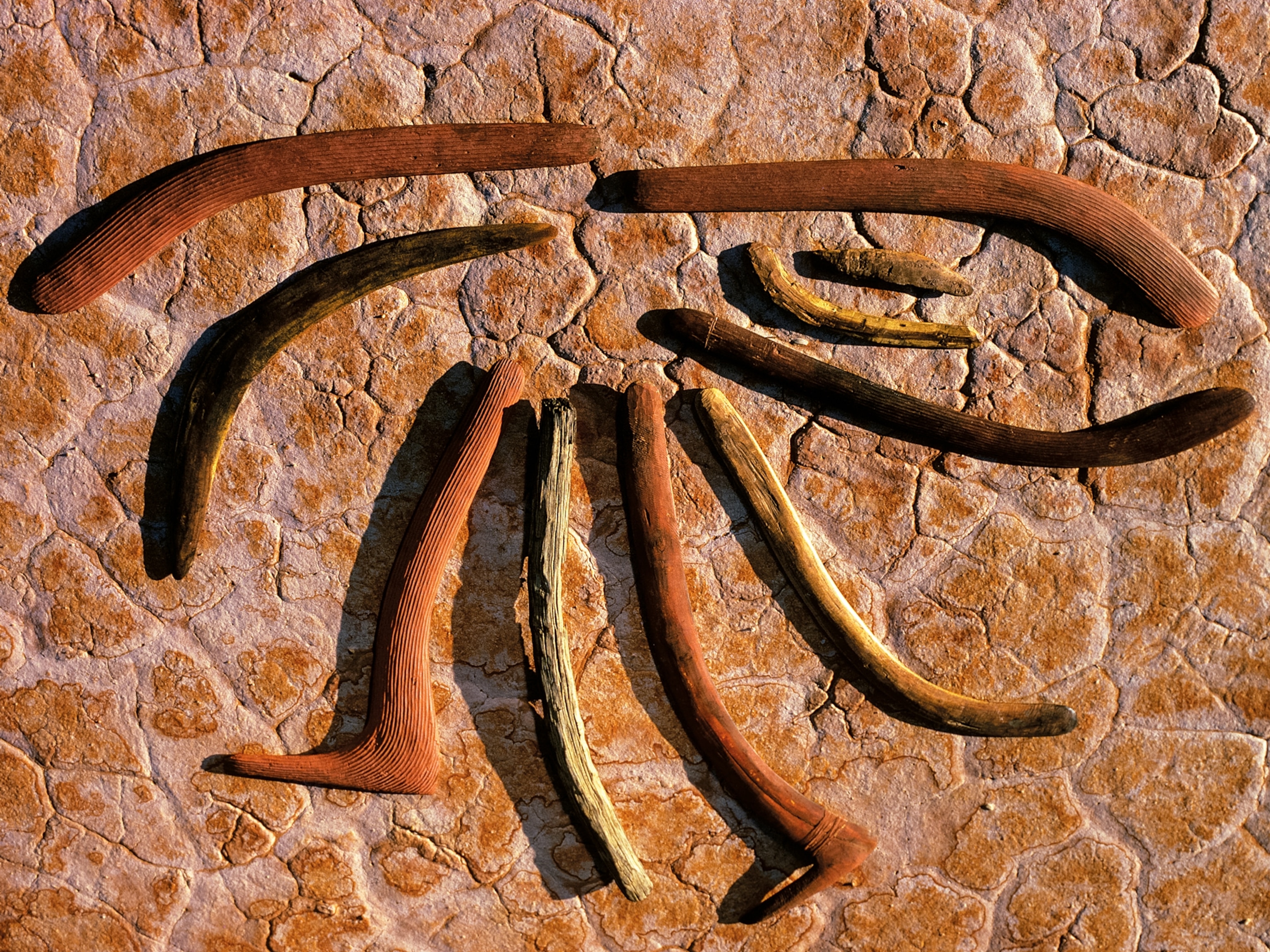
Thrown as a weapon, painted or carved as artwork, rattled together in religious ceremonies, and wielded on the hunt, the boomerang has become the global symbol of Australian Aboriginal culture. The word originates from a language spoken in what is today New South Wales, but the original meaning is itself obscure. The weapon’s most famous attribute—of returning to the thrower after completing a loop of up to 50 feet—is, in fact, only a quality of the lighter variety. While a hunter typically maimed prey by throwing his boomerang from a distance, it was also used in close combat—the fate that perhaps befell Kaakutja, when his assailant’s saber-sharp boomerang navigated around Kaakutja’s shield and struck his skull.

